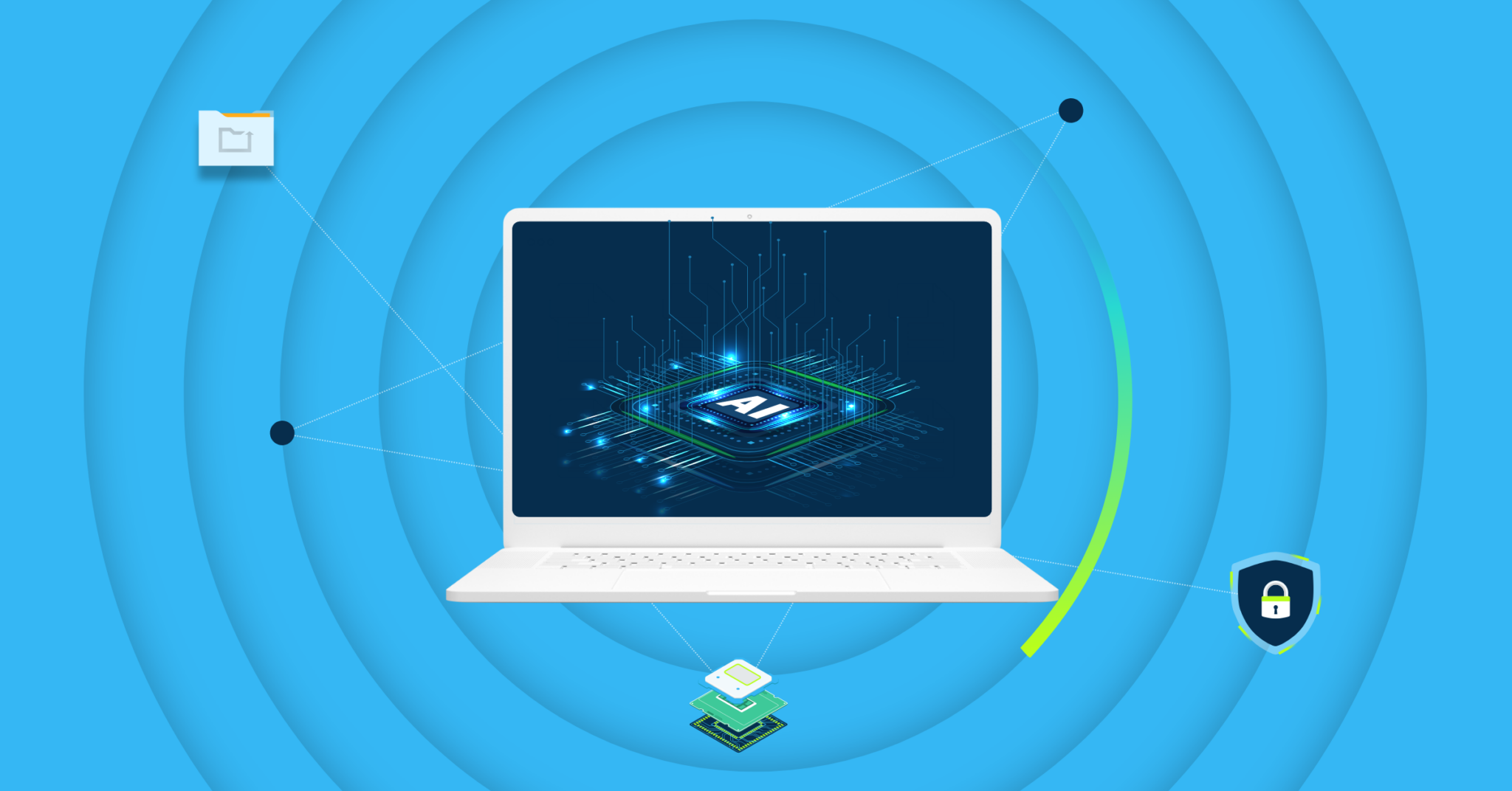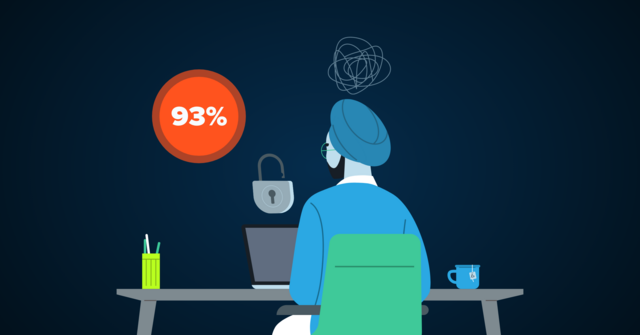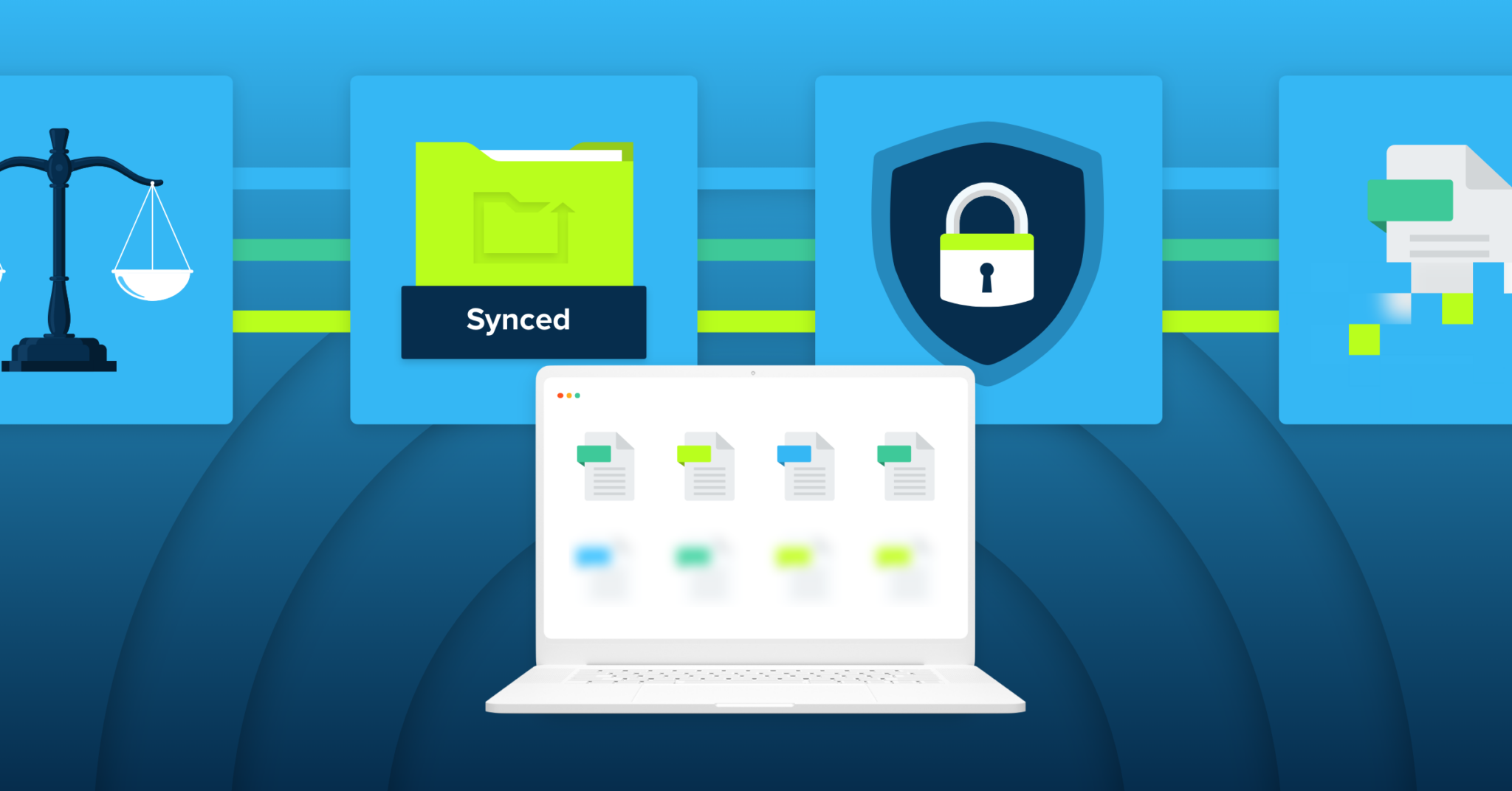
Going into 2024, cybersecurity remains a critical concern for businesses and individuals alike. As technology advances, new challenges and trends continually emerge, shaping the way we approach safeguarding sensitive data and systems. Among these trends, the dynamics between compliance and security, the impact of artificial intelligence (AI), economic influences, and the pervasive issue of burnout within the cybersecurity workforce stand out prominently.
Compliance vs Security: is that the question?
One of the endless debates in cybersecurity revolves around the balance between compliance and actual security measures. While compliance frameworks provide a structured approach to ensure adherence to industry standards and regulations, they might not comprehensively address all potential security threats. Striking a balance between meeting compliance requirements and implementing robust security measures tailored to the specific needs of an organization remains crucial. Often, merely complying with regulations doesn’t guarantee safety from sophisticated cyber threats, emphasizing the need for a proactive and adaptive security posture.
Data backup and recovery are integral to both compliance and security efforts. Regulatory requirements often mandate the safeguarding and availability of data. In the event of a security breach or data loss, having robust backup systems ensures compliance with regulations while also enhancing security by enabling swift recovery.
Is AI going to keep you up at night?
The integration of Artificial Intelligence (AI) technologies will continue to have a significant impact on cybersecurity, both in defense and offense. AI-powered tools enable more sophisticated threat detection, pattern recognition, and automated response mechanisms, enhancing cybersecurity capabilities. However, cyber attackers are also leveraging AI to launch more sophisticated and targeted attacks. The evolving AI landscape poses both opportunities and challenges, requiring constant innovation to stay ahead of adversarial AI-driven threats.
AI relies heavily on data. Ensuring reliable backup and recovery mechanisms is critical in AI systems to prevent loss of valuable training data, algorithms, or insights. Data backups also serve as a safeguard against biases or compromised datasets, which can significantly impact AI models.
What will the economy be like in 2024?
Economic factors play a pivotal role in shaping cybersecurity trends. The cost of implementing robust security measures and the potential financial repercussions of cyber incidents heavily influence organizational decisions. Additionally, geopolitical tensions, supply chain disruptions, and global economic uncertainties can impact cybersecurity strategies. Organizations must strike a balance between allocating resources effectively for cybersecurity and maintaining business continuity.
Data loss or breaches can have severe financial consequences for organizations. Effective backup and recovery strategies mitigate the financial impact and risk associated with downtime, loss of critical information, and potential legal consequences. Investing in robust backup solution(s) becomes a proactive economic decision to safeguard against costly disruptions.
Burnout is going to hit hard…
Amidst these evolving trends, burnout will continue to be a pressing issue within the cybersecurity workforce. The ever-increasing workload, high-stakes nature of the job, and the constant need to stay updated with evolving threats contribute to immense pressure on cybersecurity professionals. Burnout not only affects individual well-being but also poses risks to organizations, leading to decreased productivity, higher turnover rates, and compromised security due to exhausted and overstretched staff.
Addressing burnout requires a multi-faceted approach, including fostering a supportive work culture, providing adequate resources, encouraging work-life balance, and investing in training and skill development. Recognizing the signs of burnout early and implementing strategies to mitigate its impact is crucial for maintaining a resilient cybersecurity workforce.
In the context of burnout, data backup and recovery plays a vital role in reducing stress and workload. Without reliable backup systems, employees may experience heightened stress worrying about losing important work or spending excessive amounts of time redoing lost tasks. Properly implementing backup strategies provides a safety net, alleviating the fear of losing critical data and reducing burnout risk among employees.
Thus, the landscape of cybersecurity is a complex interplay of various trends and factors. Balancing compliance with actual security measures, leveraging AI while mitigating its risks, navigating economic influences, and addressing burnout within the workforce are all integral aspects of maintaining effective cybersecurity. Constant vigilance, adaptation, and a holistic approach are essential to stay ahead in the ever-evolving cybersecurity landscape.






